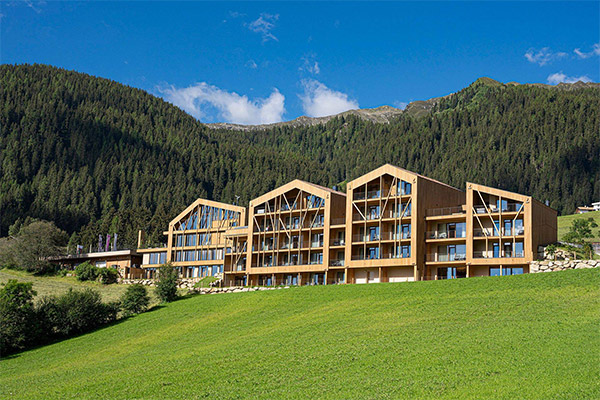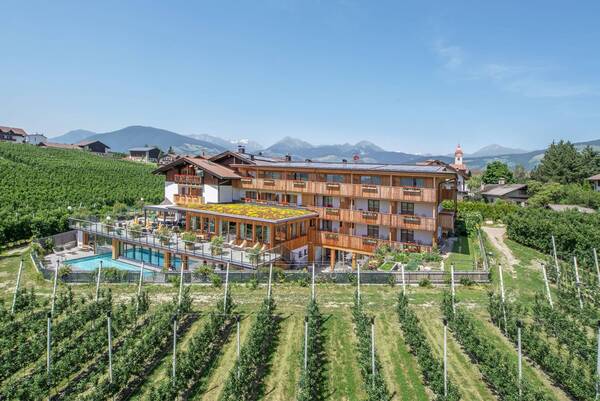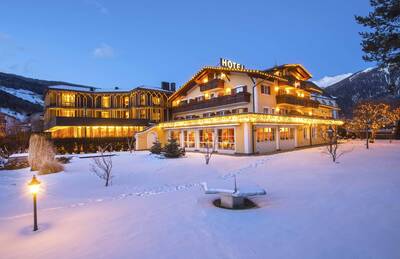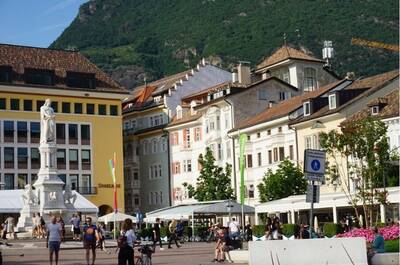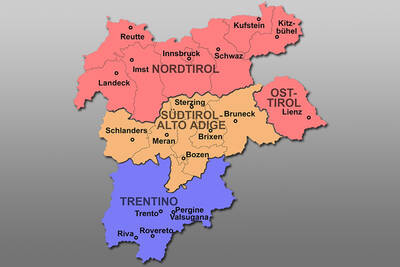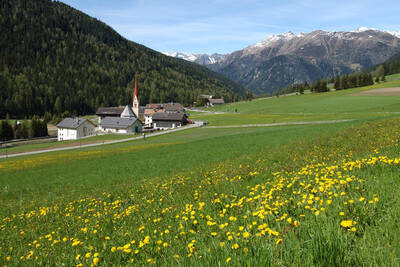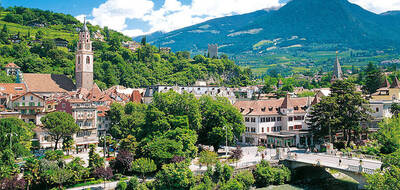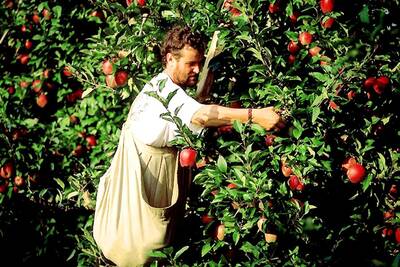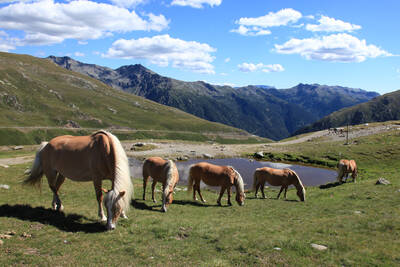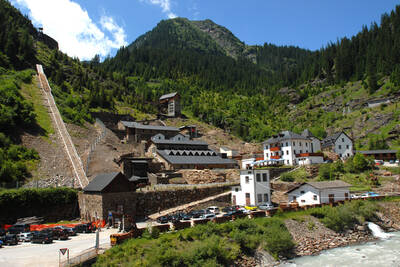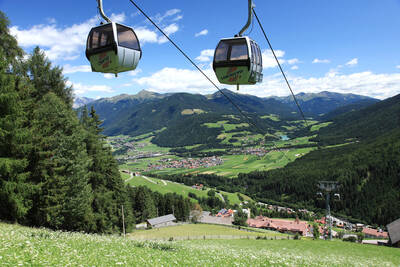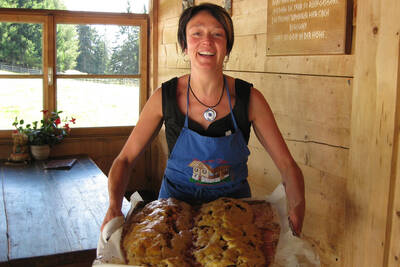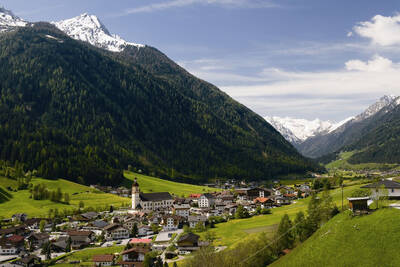As early as the 17th century, the residents of Val Gardena tried to supplement their livelihood with carvings. Highly talented artists produced figurines of saints during this time, while others made small figures that were sold in the summer. In the Baroque period, there was a growing demand for nativity scenes. These were very opulent and included exotic animal figures such as elephants, which were sometimes also sold individually. The Val Gardena jointed doll, also known as the "Dutch Doll," was also very well known. Due to the competition prevailing in the European market, the quality had to be increased, leading to the establishment of the first carving school in Val Gardena in 1872. Today, visitors can admire Europe's largest collection of toys from Val Gardena in the Gherdeina Museum, which includes almost all the toys that were produced in home workshops in the 19th and early 20th centuries. The documentation on Val Gardena painting and sacred art, which is also displayed in the museum, is also unique. After the end of World War I, wood carving in Val Gardena experienced a decline, and the carving profession was only practiced by a few residents of Val Gardena. In 1920, the first exhibition association was finally founded, and since 1994, many sculptors and painters from Val Gardena have been members of the Unika association, which also operates a gallery space where handmade unique pieces are presented.
Inquired: Which traditions in South Tyrol are still alive today
Another South Tyrolean tradition that is still alive today is bobbin lace-making in the Ahrntal Valley. For this, threads of linen yarn are attached to a bobbin pillow - or "Pinggl" as it is also called. At the ends of the threads are the bobbins, through which the lace pattern is created. Lace-making began in the Ahrntal Valley in 1893, when the copper mine closed and many people lost their jobs. In their desperation, the women started making lace to earn money. In 1894, a lace-making school was established in Prettau, followed by numerous exhibitions that successfully promoted the lace. Since 1994, there has also been a lace-making association in Prettau, whose goal is to pass on the technique to the younger generation, with lace now being used primarily for tablecloths, altar cloths, or traditional blouses.
 How do you like the content of this page?
How do you like the content of this page?
Please give us your feedback!
Recommended accommodations
Month

Vacation Offers
tips







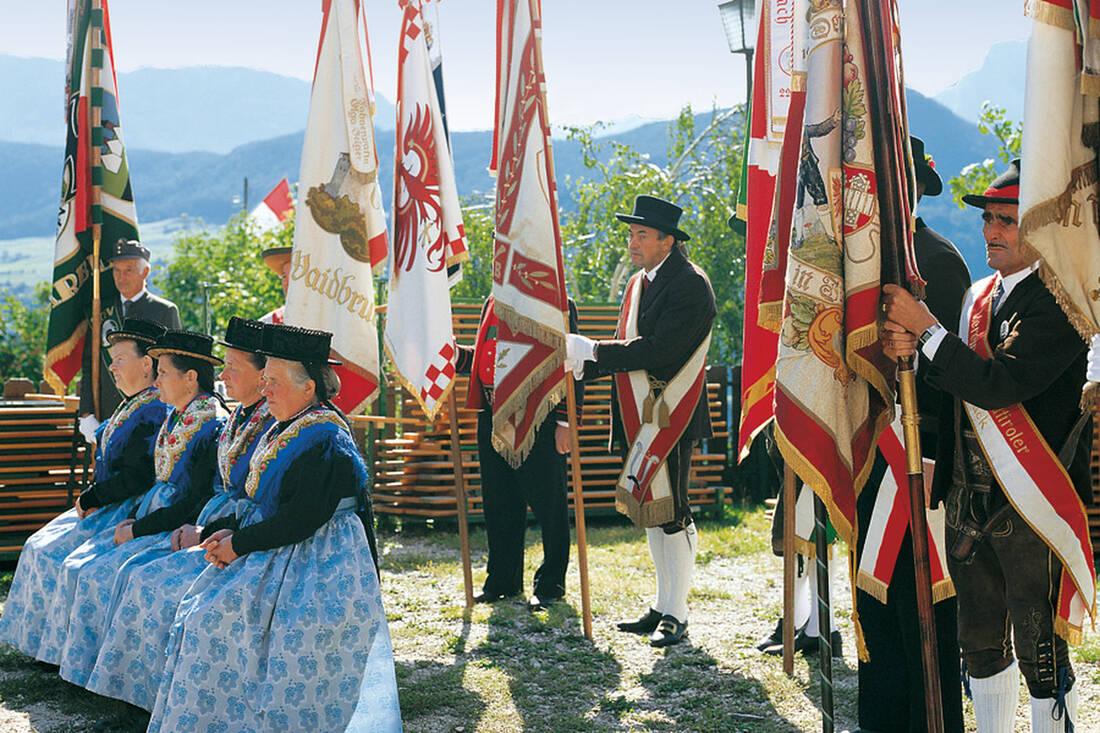
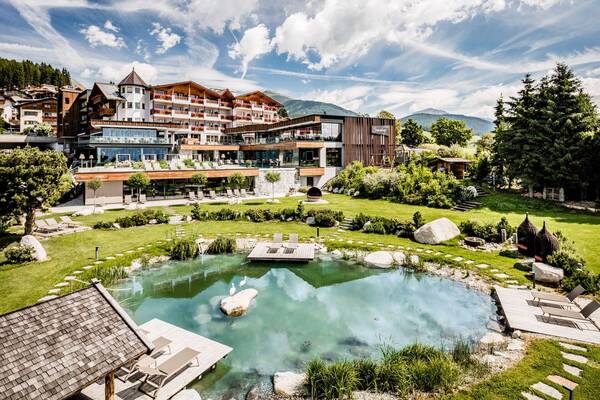




 notice
notice


